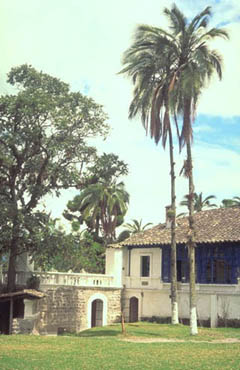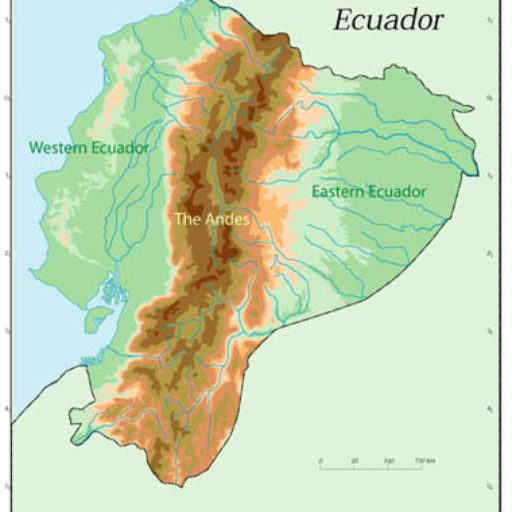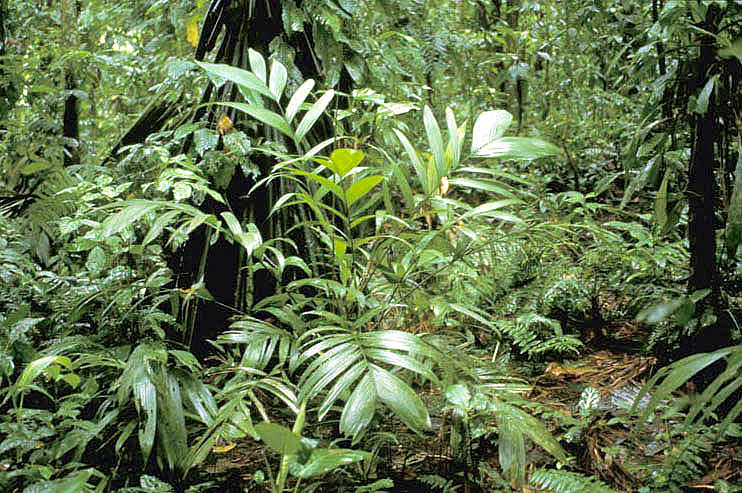Euterpe precatoria
Mart.
Original
reference:
In A.D. d’Orbigny, Voy. Amér. Mér. 7(3) 10 (1842)
Morphology:
Canopy palm. Stems solitary, or rarely clustered and then few together, to 20 m tall, 15-30 cm in diameter. Leaves to 4 m long; crownshaft yellowish green; petiole green, glabrous; pinnae numerous, regularly inserted, narrow, strongly pendulous, the central ones 50-85 cm long and 2-3 cm wide. Inflorescence erect, with axis 40-100 cm long; branches to 200, usually confined to the lower (abaxial) side of the rachis, 30-80 cm long, 3-5 mm in diameter, densely covered with whitish hairs. Fruits black, globose, ca. 1.5 cm in diameter. Endosperm homogeneous. Seedling leaves pinnately divided, the first ones with 2 pinnae on each side, appearing palmate.
Distribution:
Central America to Bolivia, up to 2000 m elevation. In Ecuador it occurs on both sides of the Andes, on terra firme, or east of the Andes also on poorly drained soil.
Notes:
Two varieties are recognised, both of which occur in Ecuador.
Uses:
The hair is washed with a decoction of smashed roots – it makes it grow well and stay black and also prevent pregnant women from losing their hair
(Ponce 1992).
The palm heart is edible
(Ponce 1992).
|
Latest posts by admin (see all)
- Aluminium Rattan Garden Furniture Design Ideas - September 11, 2019
- Popular Gardens and Parks in Sheffield, United Kingdom - September 18, 2018
- How New Eco-Friendly Garden Benches Help Plants and Consumers in the UK - February 26, 2018




Discussion: